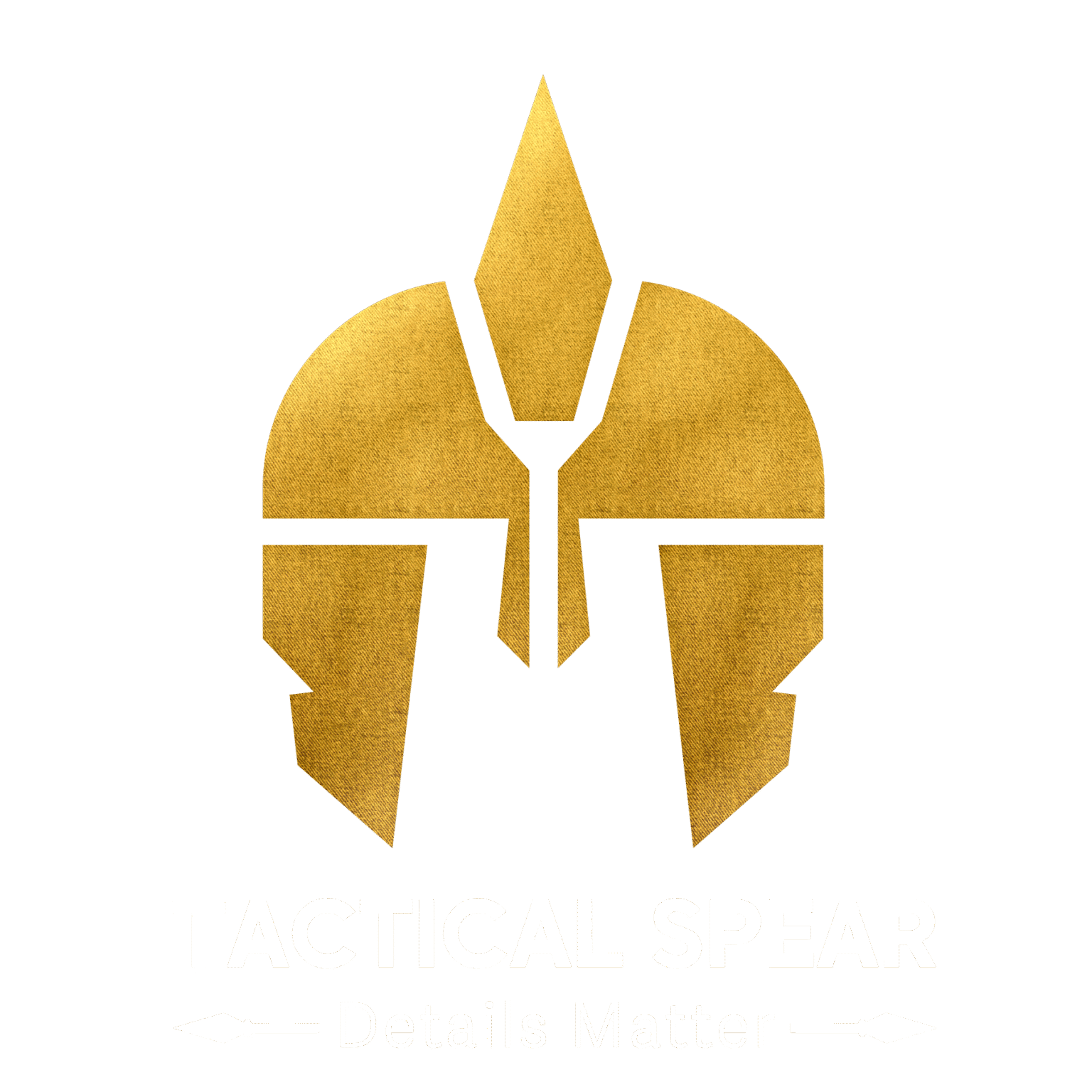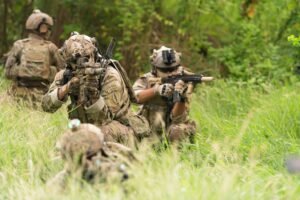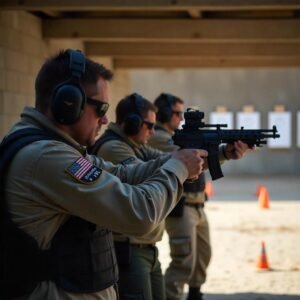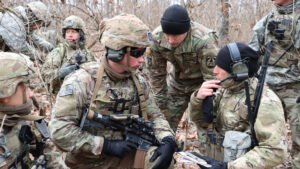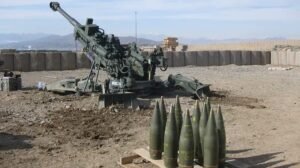A tactical breakdown of the Brief Back format—how patrol leaders confirm mission clarity, team readiness, and plan effectiveness before execution. Learn how structured briefing ensures battlefield control and success.
Before executing any mission, a comprehensive Brief Back is essential. It’s a detailed operational review conducted by the Patrol Commander—and when necessary, by team leaders—back to the operations command. This ensures the plan is complete, the team understands their roles, and all objectives are aligned for mission success.
Section 1: Situation and Mission
- Classification Level: Define the secrecy level of the mission.
- General Situation: Highlight current conditions and any recent updates.
- Mission Statement: Restate the task exactly as issued in the mission order.
- Intent: Outline the purpose of the mission.
- Assumptions & Operational Constraints: Present working assumptions and known limits or rules of engagement.
_____
Section 2: Brief Threat to Detachment (Intelligence Summary)
Area of Operations:
- Weather Conditions
- Describe environmental conditions including light, climate, and meteorological forecasts relevant to the mission.
- Explain how weather impacts friendly forces’ capabilities, response times, and maneuverability.
- Assess weather influence on both personnel and equipment performance.
- Terrain Analysis
- Evaluate how terrain affects both enemy and friendly operations. Include:
- Cover, concealment, and camouflage opportunities.
- Obstacles: Natural or man-made hindrances.
- Key Terrain Features: Tactical high grounds, chokepoints, or control nodes.
_____
Approach Routes (Enemy & Friendly):
- Primary and secondary routes to infiltration, target area, and exfiltration zones.
- Estimate enemy response times and ETAs for each access route.
___
Other Relevant Terrain Data: Transportation means, comms networks, or civilian infrastructure impacting the mission.
- Enemy Disposition
Give a concise overview of enemy forces affecting the mission:
- Deployment (with map overlays if available).
- Composition and strength.
- Core units and supporting/reinforcing elements.
- Estimate enemy response time to key points (BLS, DZ, LZ, Rally Points).
- Enemy Capabilities: Tactical air support, aerial mobility, RDF, and rapid deployment units.
_____
- Friendly Forces Status
Outline nearby allied or supporting forces and their posture.
- Additional Intelligence
- Civilian activity patterns that may influence the operation.
- Critical weaknesses or peculiarities in human, intel, or technical assets.
- Essential Elements of Information (EEI).
- Intelligence summaries or reports as needed.
- Map Coverage: Area-specific mapping and satellite overlays.
- Counterintelligence Measures.
- Assessment of irregular forces or covert/terrorist groups, including:
- Structure, activities, vulnerabilities, strengths, leadership, doctrine, and TTPs (Tactics, Techniques, and Procedures).
_____
Section 3: General Framework
Operation Concept: Summarize the mission’s tactical principle or strategy.
Unit Organization and Command Hierarchy: Clarify structure and chain of command.
Individual Responsibilities: Define duties for each team member.
Section 4: Insertion Method
Clearly outline the method of deploying the unit into the operational zone—airborne, ground convoy, foot patrol, etc.
Section 5: Infiltration & Approach Routes
Primary and Secondary Routes:
Detail the paths for covert insertion and maneuver toward the target and fallback positions. Include navigation, route security, and alternate plans.
Want to receive more tactical briefings like this? Subscribe to our Field Intel Feed and stay operationally informed.
